Anti-water hammer valves
chiefneil
17 years ago
Featured Answer
Sort by:Oldest
Comments (8)
chiefneil
17 years agoRelated Professionals
Bellefontaine Neighbors Landscape Contractors · Canton Landscape Contractors · Clayton Landscape Contractors · Ellensburg Landscape Contractors · Hayward Landscape Contractors · Indianapolis Landscape Contractors · Melrose Park Landscape Contractors · Muttontown Landscape Contractors · Petaluma Landscape Contractors · Wheat Ridge Landscape Contractors · Selma Landscape Contractors · La Mirada Solar Energy Systems · Ramsey Solar Energy Systems · Laguna Woods Solar Energy Systems · Alum Rock Solar Energy Systemsall_wet
17 years agochiefneil
17 years agonovice_grower
17 years agohookoodooku
17 years agochiefneil
17 years agospencer_electrician
17 years ago
Related Stories

GARDENING GUIDESEssential Watering Tips for Your Edible Garden
To give your edible plants just what they need, check out these guidelines for how, when and how much to water
Full Story
BATHROOM DESIGNDreaming of a Spa Tub at Home? Read This Pro Advice First
Before you float away on visions of jets and bubbles and the steamiest water around, consider these very real spa tub issues
Full Story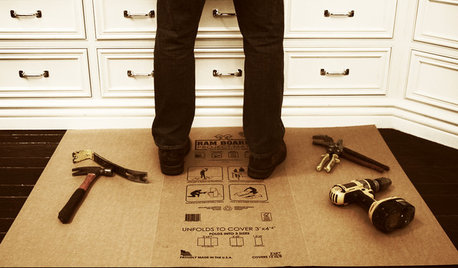
BATHROOM DESIGNOut With the Old Tile: 8 Steps to Prep for Demolition
This isn't a light DIY project: You'll need heavy-duty tools and plenty of protection for your home and yourself
Full Story
TASTEMAKERSBlacksmith Extraordinaire Andrew Crawford's Gates
Follow the fascinating process, which uses ancient art and modern technology, and see the blacksmith's breathtaking finished gates
Full Story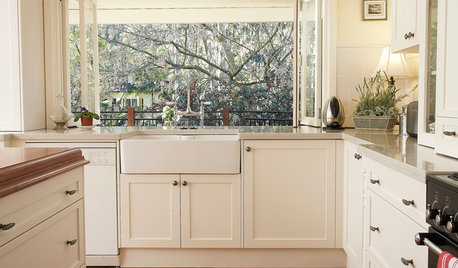
KITCHEN SINKSEverything You Need to Know About Farmhouse Sinks
They’re charming, homey, durable, elegant, functional and nostalgic. Those are just a few of the reasons they’re so popular
Full Story
REMODELING GUIDESContractor Tips: Advice for Laundry Room Design
Thinking ahead when installing or moving a washer and dryer can prevent frustration and damage down the road
Full Story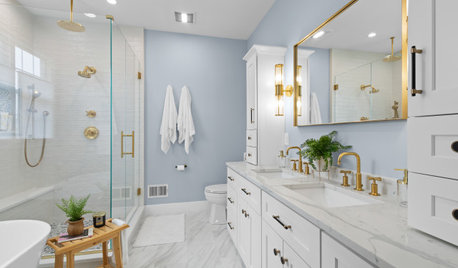
BATHROOM DESIGNHow to Choose the Right Bathroom Sink
Learn the differences among eight styles of bathroom sinks, and find the perfect one for your space
Full Story
HOUSEKEEPINGWhat's That Sound? 9 Home Noises and How to Fix Them
Bumps and thumps might be driving you crazy, but they also might mean big trouble. We give you the lowdown and which pro to call for help
Full Story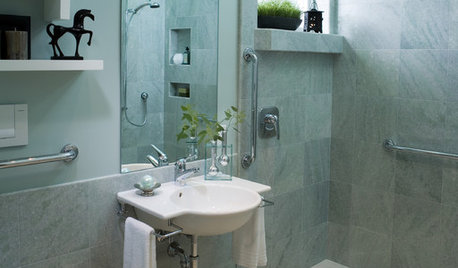
BATHROOM DESIGNHow to Design an Accessible Shower
Make aging in place safer and easier with universal design features in the shower and bathroom
Full Story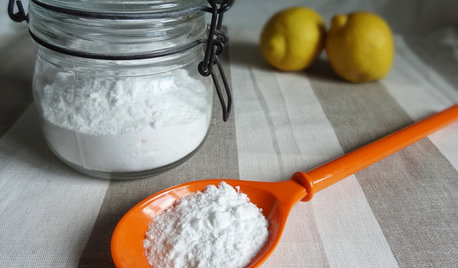
HOUSEKEEPINGBaking Soda: The Amazing All-Natural Cleanser You Already Own
Battle grime, banish odors and freshen clothes with this common nontoxic cupboard staple
Full StoryMore Discussions








sylvansupe